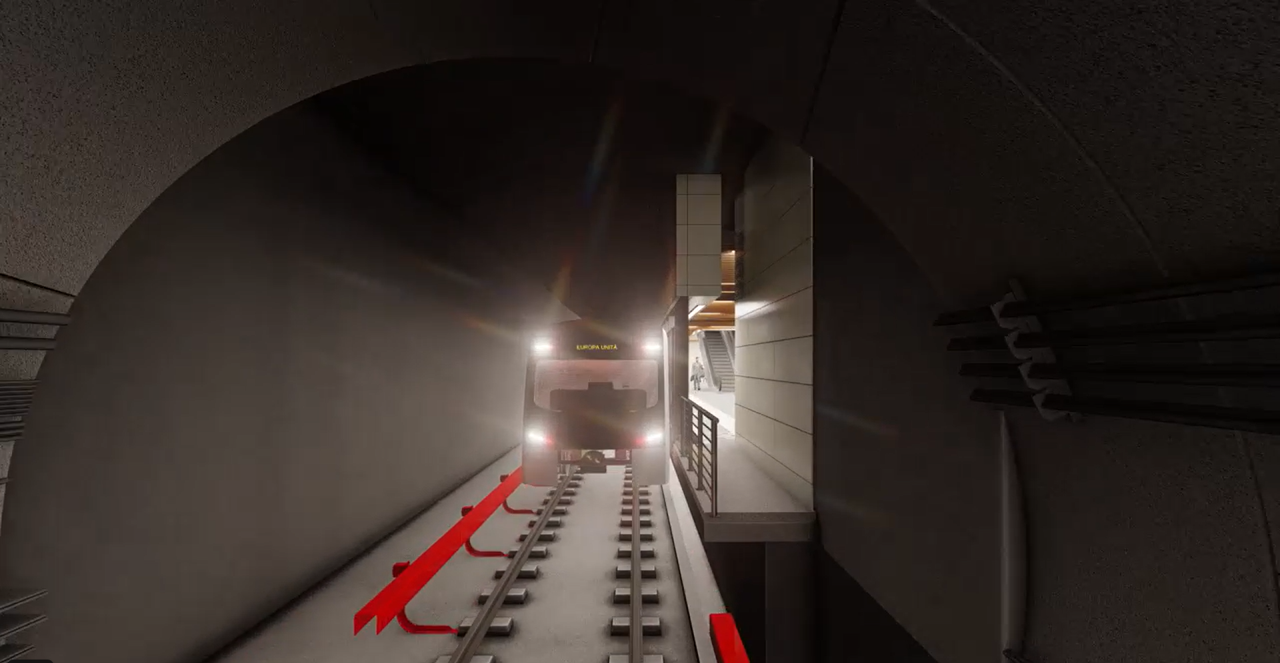For the first time in its history, Tisséo Collectivités will borrow on the financial markets for the EUR 3.1 billion Line 3 of the Toulouse metro and other transport projects.
 The new metro line, 21.7 km long, is expected to connect Colomiers and Labège in the Toulouse metropolitan area by the end of 2028.
The new metro line, 21.7 km long, is expected to connect Colomiers and Labège in the Toulouse metropolitan area by the end of 2028.
In February 2023, the cost of the French city’s biggest construction site was revalued at €3.1 billion, and that of all transport projects – at EUR 4.8 billion. To finance such an investment, Tisséo Collectivités (the city’s public transport authority) will borrow heavily, at the risk of seeing its debt approach EUR 3.8 billion in the coming years.
Money sought for the Line 3 of the Toulouse metro
The construction site for the metro line has begun, but the question remains of how to finance it so it can go ahead. On Wednesday 31 January, a meeting of the Tisséo Council on budget allocations for 2024 took place, where local elected representatives analysed the figures and the resources are favourable: commercial revenue is increasing, with the network’s use increasing, and is expected to reach EUR 121 million this year.
Also, the transport tax paid by companies into Tisséo’s accounts, which depends on the dynamism of the metro’s economy, will reach EUR 344 million in 2024, and this will provide part of the funding needed to build the metro line. To this sum must be added EUR 152 million from local authority contributions and a further EUR 143 million from Toulouse Métropole.
However, this money, even when supplemented by the French state, European funds, the region and the department, is far from enough to finance the projects. As a result, Tisséo will borrow on the capital markets. The authority will also issue bonds for the first time in its history. Specifically, in addition to traditional bank loans Tisséo will also borrow on the financial markets, with an initial amount of EUR 300 million, while the total borrowing package for 2024 is EUR 696 million. This level will remain high until 2027, i.e. throughout the construction period.
Share on:



